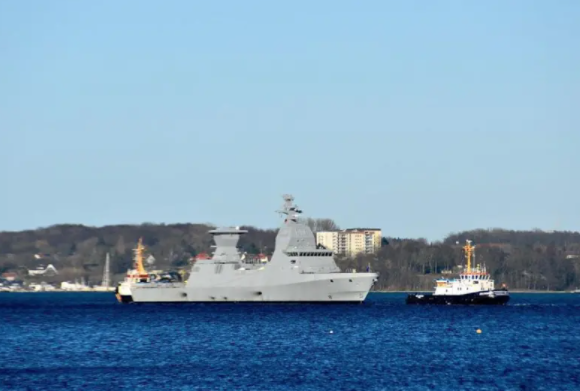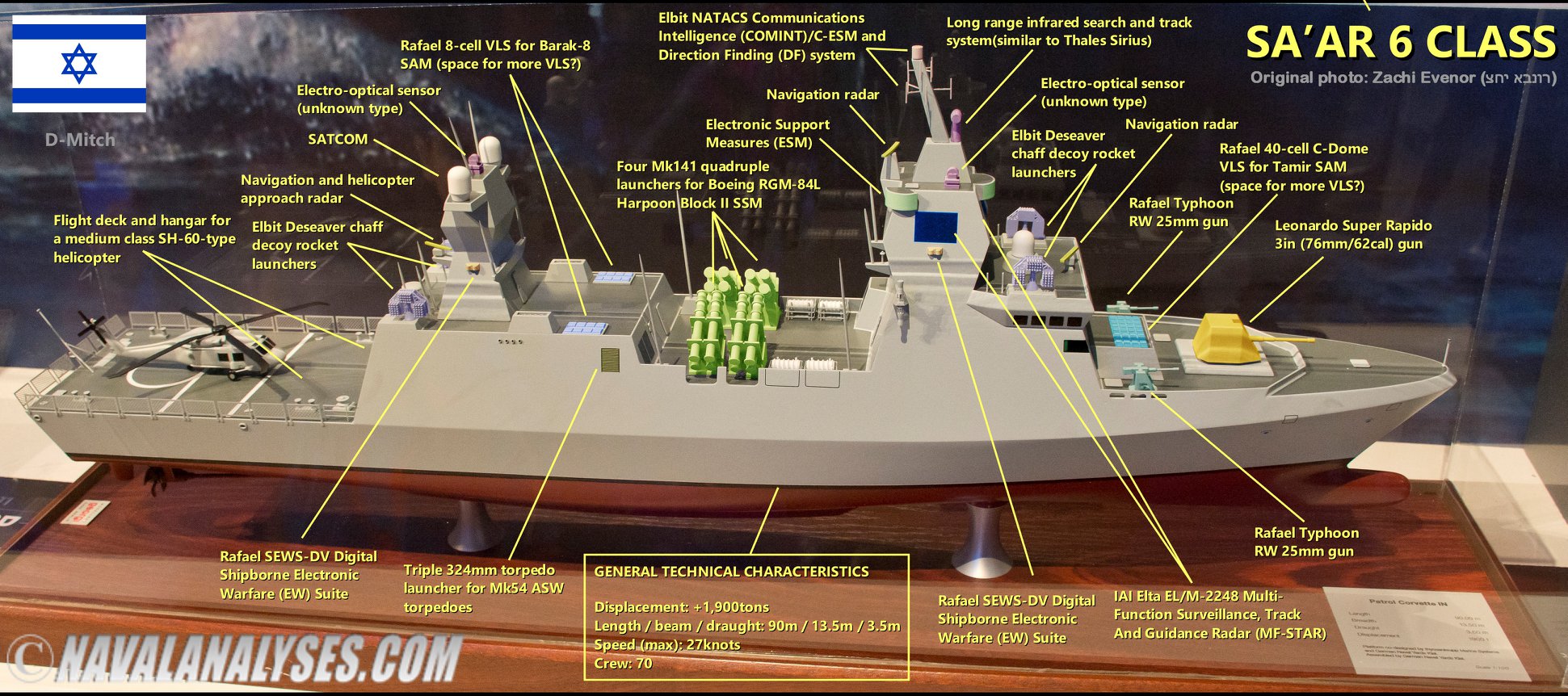By Robbin Laird
With the new Abraham accords, the collaborative opportunities for the IDF with GCC partners are clearly expanded.
At the same time, the range of security control necessary to protect the shift in the transit of energy supplies is significant and requires new capabilities and new approaches to operating the IDF to do so.
Next month, the first of four new German-built ships for Israel will arrive for final outfitting prior to become operational.
In 2015, Israel ordered the new corvettes with the intention of expanding its sea control to provide for protection for the expanding natural gas pipelines to support the Israeli economy.
The Abraham Accords are expanding the transit routes crucial now both to the GCC and Israel and will undoubtedly entail joint security and defense operations to provide for protection of the sea areas significant for maritime and energy transit.
In other words, the new ships were ordered before the Abraham Accords, but those agreements reinforces the wisdom of doing so.
They will become part of enhancing IDF capabilities and will contribute to reshaping doctrine to develop maneuver forces in support of Israeli interests in the region.
As Tamar Beeri noted in a November 4, 2020 article in The Jerusalem Post:
“As the Exclusive Economic Zone (EEZ) spans over a far larger space than the land of Israel as a whole, the Sa’ar 6 allows the Navy to dominate a larger space and provide a protective shield around Israel’s borders.
“In addition, the ship is capable of staying out at sea for an extended period of time in order to provide a more extensive period of protection in the more vulnerable regions of the EEZ.”
The ships are fitted with Israeli and U.S. combat systems.

According to Rear Admiral Eyal Harel, head of IDF naval operations: “It’s a larger vessel with advanced and hi-tech systems along with long-range missiles, air-to-air, surface, and sea-to-air missiles.
“The radar is bigger and more advanced than what is on the Sa’ar 5.
“With a further range, you can operate the Sa’ar 6 in open seas and in rough sea conditions.”
The ships will operate as flagships for the Israeli Navy and will be key platforms in protecting the EEZ and the gas platforms in the Mediterranean Sea.
The ship is designed to plug and play with other IDF systems, which would allow the ship to fit into an integratable force for air-sea and potential support to land insertion forces as well.
The integratable nature of the Sa’ar 6 was emphasized in a recent briefing by a senior IDF official.
“The Sa’ar 6 has an enormous radar so it can be a standalone unit.
“Abilities and probability of protection increases, as it is connected to Iron Dome, David’s Sling and other air defense.
“If it detects threats, it can transfer data to land networks to engage targets.”
In other words, the ships will provide a good compliment to the IDF as the IDF considers new capabilities, for targeted insertion force operations.
Such a force could be built in part by adding a new lift platform such as the such as the CH-53K to an extended range insertion force.
Also, see the following:
Israeli Defense After the Abraham Accords: Dealing with the Iranian Threat
Dynamics of Change for Israeli Defense After the Abraham Accords


